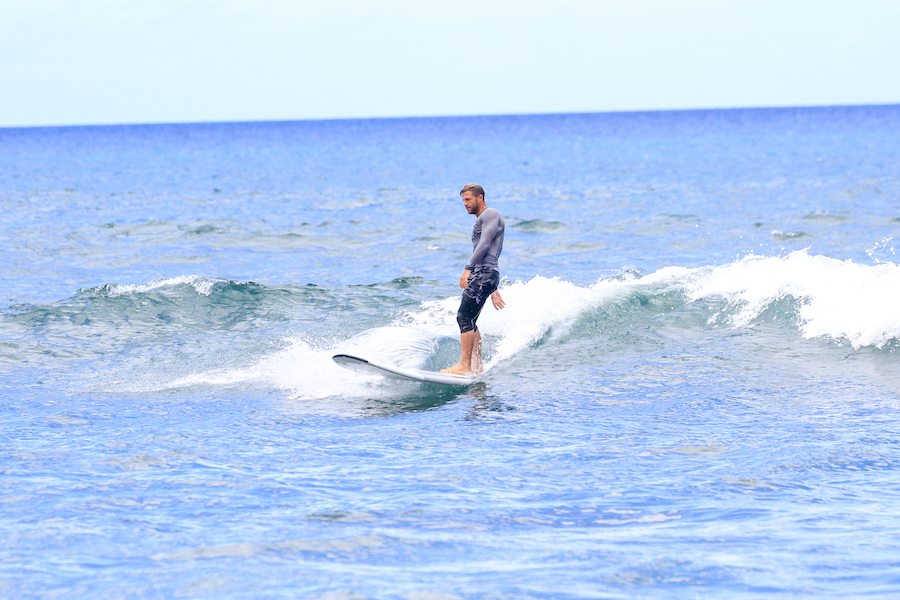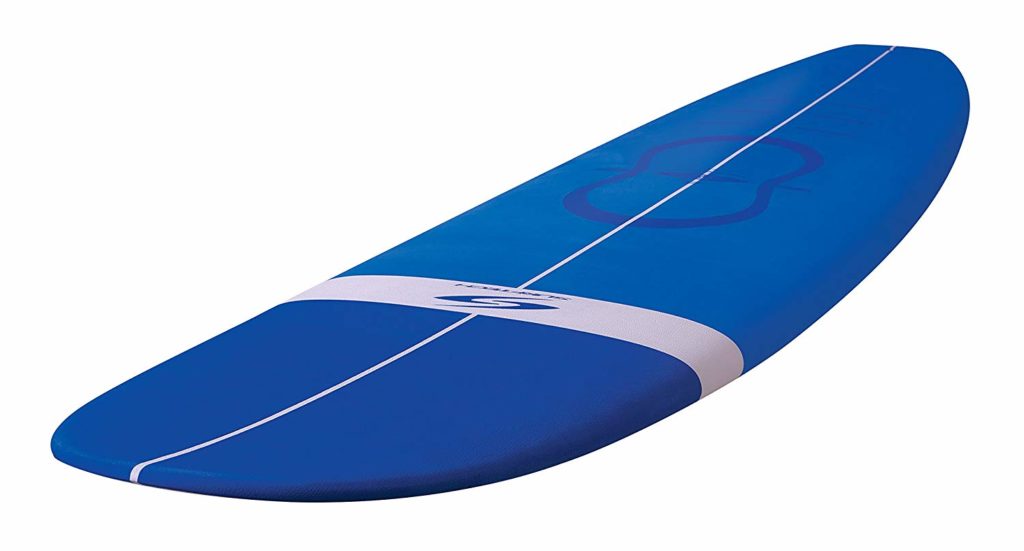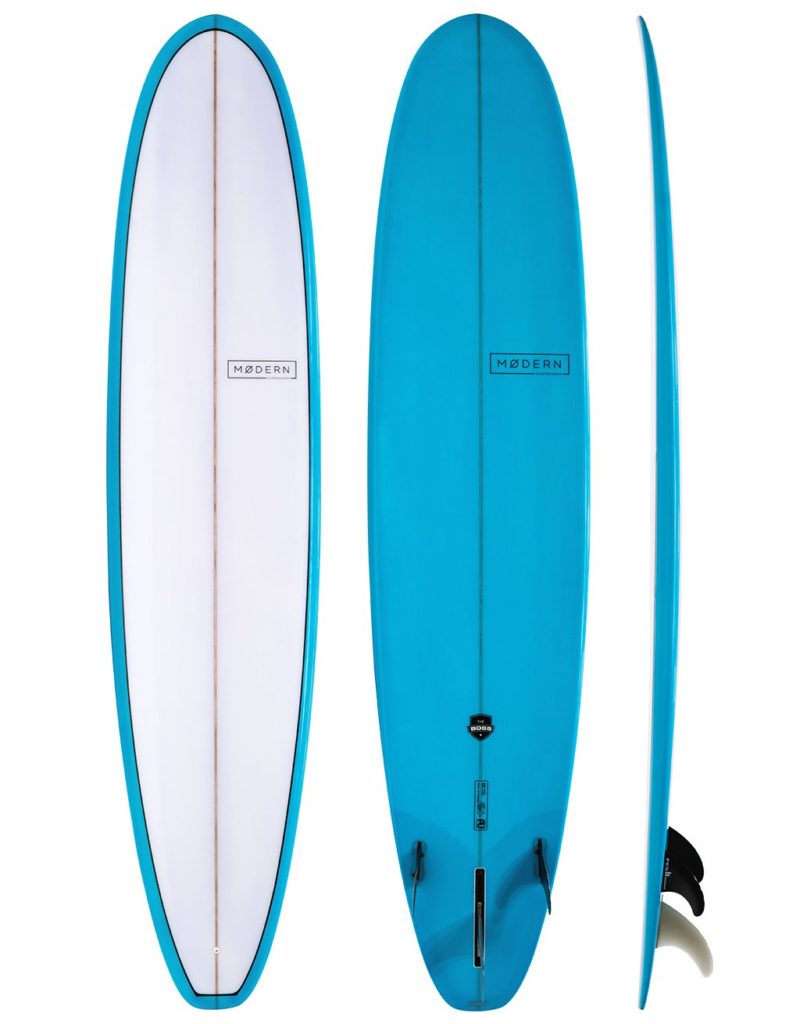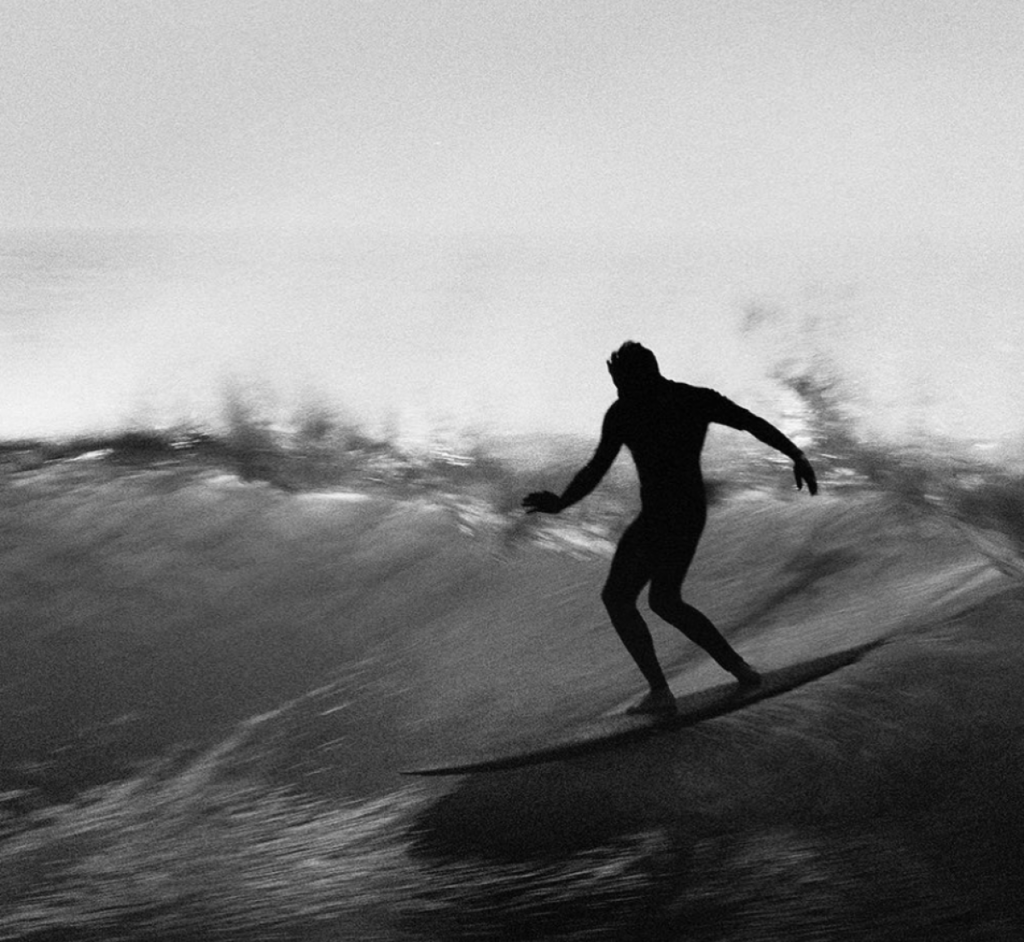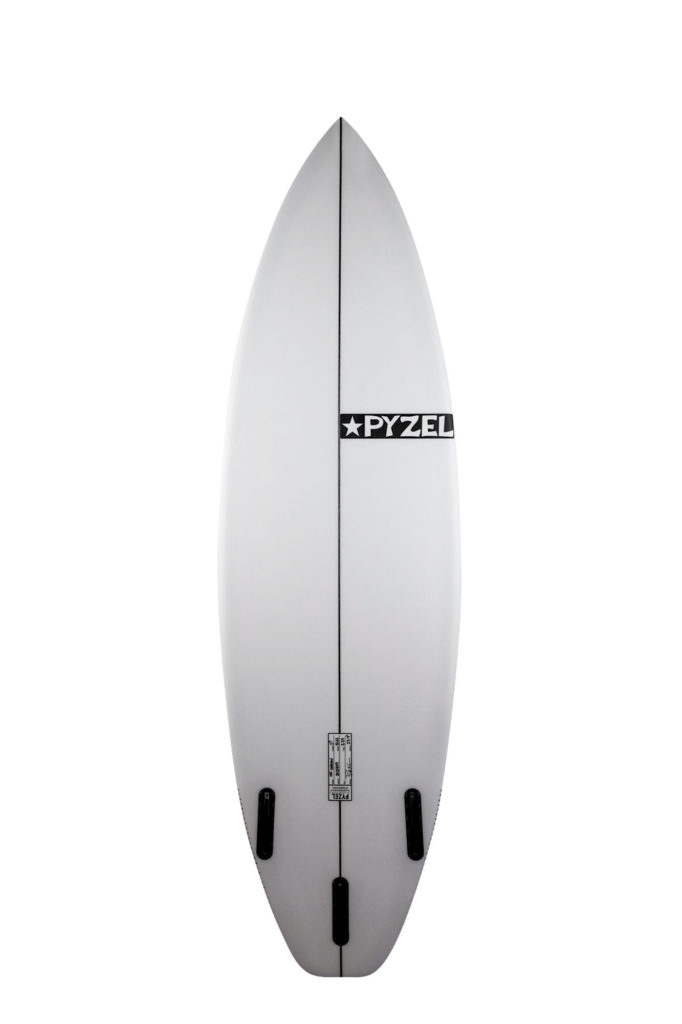Written by Josh Riccio
This is a guide on selecting a surfboard: specifically talking about the general surfboard shapes and designs you should consider when you are just beginning, but have the ultimate goal of eventually surfing a high performance shortboard. There are many other factors besides equipment to consider along your surfing journey such as conditions and personal abilities, which should also be taken into account before paddling out each session, but choosing the right board is simply one area where you can help develop your surf skills to the level needed to ride a shortboard. Note, this is just one surfer’s perspective on the topic, and while this is my opinion formed from over 20 years on the water going through this journey myself, and observing other surfers’ journeys from beginner to shortboard, there’s plenty of other opinions and information out there to help you reach your surfing goals so check out these other resources below related to this topic.
Getting Started
Hopefully in the beginning you are learning how to surf with the assistance of a knowledgeable friend, family member, or surf instructor which is not only safer for you and everyone else in the water, but should expedite your learning process making each session more enjoyable and more productive. If you have never surfed before, or consider your time and knowledge of surfing and the ocean very limited, then I recommend keeping it safest and easiest by going with a soft-top longboard.
Selecting Your Soft-Top
You always want to select your surfboard according to your size, skill level, and surf conditions, so a soft-top longboard is my pick for first-timers, because these boards typically give you the most balance and paddling abilities to make surfing easiest which in my opinion is done by riding whitewater (a wave after it broke) straight towards the beach. I will typically use an 11’ or 12’ long soft-top for teaching most adults in the waves that I teach at in Maui when they are just getting started with their surfing journey.
Next Step: Longboard

Once you are able to catch and ride most of your waves you attempt to surf on your own, and your ultimate goal is to get to the shortboard, my next board recommendation would be a 9’-10’ longboard, ideally with a 2 + 1 fin configuration. This type of board will have more maneuverability than a soft-top longboard, due to the fin configuration but also because the board itself will be designed with the purpose to allow the surfer to perform at least the basic maneuvers of surfing. The increased maneuverability usually means the board will also feel less stable than a soft-top longboard, as the riders weight/movements have a greater influence on the board, especially during the moment when you are standing up. As a result it is recommended to make small decreases in your board length, width, and buoyancy to make the adjustment to the new sensitivities of your new board less severe.
For example, most adult women I teach begin on 11’ soft-top longboards but will eventually progress to riding a shortboard less than 6’ in length. However the difference in balance needed alone make this jump too severe for most surfers, so ideally we take a few steps down in the size of our board before we end up on the shortboard. Most people in this phase will also need to get conditioned to the exercise of surfing (especially paddling) before jumping down to the shortboard, which requires the most paddling strength and ability in the range of surfboard shapes/classes. So the 9’-10’ longboards are usually a good first step down from the soft-top. Further a 9’-10’ longboard allows you to learn and progress on smaller waves which is most ideal because mistakes tend to be less consequential in smaller less powerful waves, compared to the waves that you will need to ride a shortboard. To me the longboard is the first board you could consider buying for yourself because this board is the go-to option for most surfers when the waves are small regardless of your skill level.
Longboard to Mid-length boards between 9’-7’
If you are in the fun part of your surfing journey where you are starting to consider downsizing from your longboard to get even more maneuverability out of your equipment because your ultimate goal is to ride a shortboard you should consider going with a mid-length surfboard first. The Mid-length (aka. Funshape, hybrids) board class can encompass quite the variety of shapes and fin setups which create many sub-classes within the Mid-Length class but for now just consider mid-lengths to be a board between 7’-9’ in length that is a hybrid of both a longboard and shortboard. Most of the times these mid-length surfboards are designed to help a surfer bridge the gap from longboard to shortboard without making the transition process to abrupt on the surfer. The smaller the changes are between boards in terms of length, width, and volume the less time it will take a surfer to adapt to the new sensitivity of their new board. If possible I recommend surfing 2 mid-length surfboards to make the adjustment process of the new boards less severe, for example start with a 8’6” mid-length for a few sessions, weeks, or months before going down to a 7’ mid-length. With the ultimate goal of riding a shortboard I would suggest a mid-length surfboard with a thruster fin setup which is typical in most shortboards, because this type of fin setup gives you the most maneuverability and board control so know is the time to start adapting to the increased maneuverability in the 3 fin setup. The decreased buoyancy and water line of a mid-length board will make paddling into waves more difficult meaning you will have to adapt to working harder during the paddle exercise which is one good reason to consider trying 2 different mid-length boards before jumping down to the shortboards.
On mid-lengths surfboards, you will need to start surfing bigger and more powerful waves and also begin taking off on steeper sections of the wave, and to make your surf sessions safer I would suggest getting comfortable with these scenarios on an 8’ mid-length then perhaps a 7’ mid-length. The decrease in board size and bigger waves you can surf on mid-length surfboards really allow you to start performing the basic turning maneuvers that can be done on a shortboard. For these reasons the mid-length boards will build up your skill and comfort level for the waves you will need to surf on a shortboard. Ideally during this phase you are able to start focusing more on your maneuvers when riding and less on initially catching the wave itself with the smaller equipment before making the jump to the shortboard, but if not no worries, while you are learning a skill, remember surfing is all about having fun so don’t force yourself onto smaller equipment to soon in this phase or anytime you are on the water, but once you have gotten skilled and comfortable with catching and riding steeper/more powerful waves you should finally be ready to get on your first shortboard but even within shortboards there are various designs and features that can make one 6’ shortboard behave completely different from another 6’ board!
Beginner shortboard to high-performance shortboard
Three of the biggest features to consider when selecting your first shortboard are length, volume and width. There are definitely more design aspects to consider but when you first start riding shortboards many surfers in this phase struggle with paddling, especially paddling into the bigger or steeper waves with enough speed and agility to handle the initial take-off into the wave. With short boards, balance can be an issue at first as well so a little more length, width, and most importantly volume, will likely give you the right equipment to help adapt to the decrease in paddle ability and increased maneuverability/sensitivity of your shortboard compared to your longboard and mid-length. Considering that the more you change up your equipment shape and size the more time you will have to give to learning how to ride the new equipment, the transition from a mid-length to a shortboard is probably the most challenging but also most rewarding step in your surfing journey. Most shortboards will have their dimensions (length, thickness, width and volume) on the board to give you a better idea of what this board will feel like in the water. At this point sizing up the board to your body size as well as your skill level is very critical because an inch makes a HUGE difference with shortboards so for an adult surfer who is 5’6”-5’8” tall and weighs 130-140 pounds I might recommend their shortboard to somewhere around 6’2” Length x 2.75”Thick x 21”Wide with 36 liters of volume. The more liters the board has the more paddling ability you should have so liters of volume is especially important to consider when choosing your first shortboard.
At this phase I recommend contacting a local surfboard shaper to help you create your first custom shortboard built just for you and the waves you plan to surf. A surfboard shaper can be utilized during any phase of your board journey to help you select the right equipment for your size and skill level but I find it most fruitful at this phase. As mentioned most surfers will initially struggle on the shortboard but once you have gotten the paddling ability, and balance established on your first shortboard you are ready for the last step. Your second shortboard should then be your high performance shortboard that is built to best match your size to do the surfing you have always imagined, for that same surfer in the first example their high performance shortboard could look something like this… 5’10”L x 19.75”W x 2.5”T 29 liters of volume. Most lessons learned in surfing come from mistakes so be mindful of how your equipment choices may contribute to your surf sessions, the cliché “ the best surfer is the surfer having the most fun” is seemingly very true in surfing so don’t let your equipment choices hinder your fun in the water.
See you on the water, Josh Riccio
Additional Resources
Volume Selector and Board Calculator
https://www.surfindustries.com/volume-calculator/surfboard-volume-calculator.php
Learning how to surf on a shortboard vs. longboard
https://foamiecrew.com/learning-to-surf-shortboard/
Tips for transitioning from a longboard to a shortboard
https://www.adventuresportsnetwork.com/sport/surf/tips-for-transitioning-from-a-longboard-to-a-shortboard/
Private Surf lessons on Maui
https://www.mauisurfergirls.com
More About Joshua Mathew Riccio:
I grew up on the gulf coast of Florida, which is where my love for the ocean and my connection to salt water first began. As a kid I grew up fishing, surfing, skim-boarding, boogie-boarding, bodysurfing, wake-skating, wake-boarding… basically anything water I was into it. In high school I started teaching surf lessons at a kids surf camp during the summer for my local surf shop West Coast Surf Shop which is where I first discovered the reward of sharing my passion for surfing and the ocean with others. Since my move to Maui in 2010 I’ve been consistently teaching surf and sup lessons on the West Side of Maui. When I’m not teaching surf lessons I’m probably enjoying my own water time on Maui, hiking the mountains, or off island competing in Professional Stand-up Paddleboard races across the globe, besides surfing, paddling is a huge part of who I am, and what I live for. While I enjoy pushing my own limits in the water through competition, I like to take a really slow and easy approach when introducing others to the waves because my ultimate goal is to make your experience with me in the water a great one! Whether it is your first time in the ocean and you are completely terrified or your are eager to progress your skills and ocean knowledge to the next level, I’m always happy to share and do my best to create the most memorable and enjoyable session in the water with me.
Use code JOSH10 to save 10% off your surf lesson and request Josh as your instructor!




